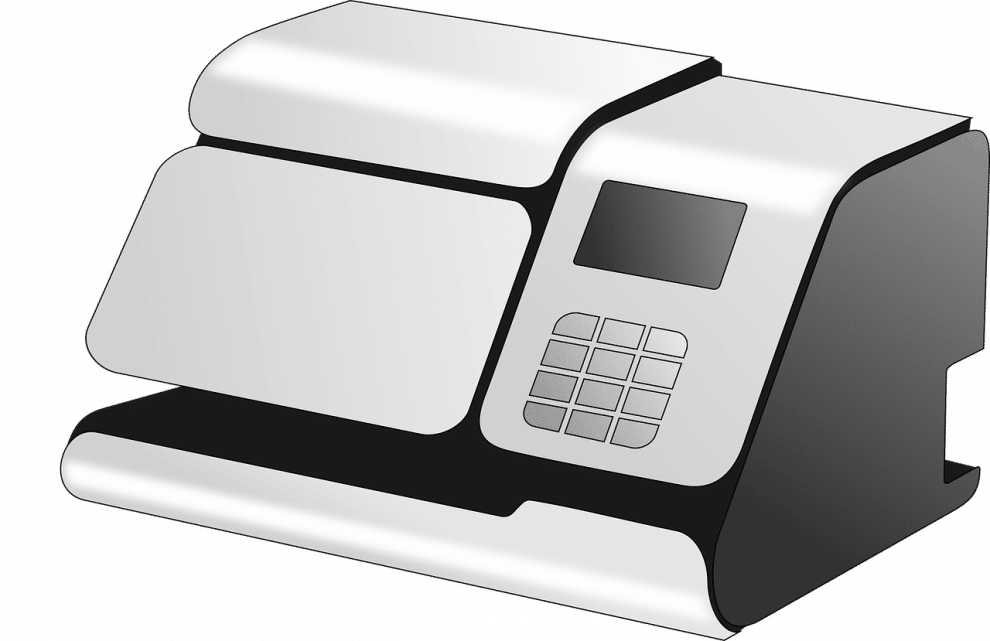Franking machines have been in existence for over a century now. Engle Frankmussler, a Norwegian inventor, in 1884, was the first one to create the equipment. It was initially known as the Postage Stamp Affixing Machine. With that said, two inferences can be drawn. The name franking machine is based on the inventor, and second, the machines are for postage. Now, this was the first attempt at a franking machine. A brief history will follow suit.
How and where did it all begin?
The first version created by Engle Frankmussler in 1884 helped to resolve several post-security issues in many European Postal Systems. Misplacement of letters and parcels while en-route to the destination was a common occurrence of the past. The first obstacle was figuring out the appropriate value or charge for postage. This very first version was inaugurated at the World Fair in Germany.
More than a decade later, in Chicago, Arthur Pitney worked on the concept. His version was named Pitney Post Machine, patented in 1902. Arthur’s company went on to become the American Postage Meter Company. It was this version that spiralled others to enter the market and create their own versions. And this is how franking machines became popular.
Although revolutionary for the time, these first machines had drawbacks. Firstly, they were operated manually through a crank. Secondly, the nature of the dyes enabled people to tamper with them and change the postage prices. Subsequent improvements catered to these issues and helped prevent tampering.
In the day of technology
Today, modern technology has in-store, digital machines that have become a vital component of the postage value chain. Modern-day versions perform more complex functions. Despite the functionality, several businesses remain oblivious to the potential value of franking machines. It is still considered to be a solution to saving on postage.
How do franking machines work?
Visit your nearby post office, and you will see someone putting your parcel onto a machine for weighing. The modern-day machines are automated, and they compute the precise weight and the corresponding postage charges correctly for the service. Once done, a mark is applied to your mail item in this process. Today, you have many postage options – regular and speed – among others.
Franking machines are time and money-saving equipment. They are the ultimate tools for franking your mails. In simple words, they allow you to pay for your post. What the machine does is that it directly prints the postage to your letters and parcels. The solution bypasses the need for stamps and thereby reduces postage costs. The functionality makes franking machines an easy and efficient solution for all your mailing needs.
What can modern franking machines do for you?
The modern-day franking machines can automatically seal the franked letters. They can connect to the business’s local area network (LAN) or Wi-Fi network. Plus, they help organise and stack up the metered or franked mail. Also, the advanced versions are capable of clearing mail away from the equipment using a power stacker. The latest ones also help with barcode technology. Finally, they help with the application of labels to the posts.
Another modern-day consideration is the use of technology such as software. The software helps in setting up cost centres, reporting and mail analytics. You can now assess how much business efficiency the franking machine is churning out for you. Secondly, you can safeguard business interests and prevent unauthorised access through password protection.
Using franking machines for your business
For those running their own companies and businesses, several aspects need attention. Also, there are things to consider for running the operations more efficiently, both in terms of time and cost. One solution is to use a franking machine. Franking machines come in three variants – low-volume, medium-volume and high-volume. With that said, the quantity of business mail is the first parameter that merits consideration. The second-most crucial factor is the frequency, whether daily, weekly, or monthly.
Below is a breakdown of the three variants.
Low volume
The variant is capable of handling up to 25 units of the daily mail. This low volume equipment is cost-effective as it helps in the handling of your daily postal requirements. Another aspect is that this machine renders convenience and a professional image.
Medium volume
This counterpart can handle up to a daily send out of 50 mails. So, if your business has a daily mail requirement ranging between 26 to 50, the medium-volume equipment is ideal. The franking speed is also slightly higher compared to the low-volume units. Also, some of them consist of in-built automatic feeders.
High volume
The high-volume variant handles beyond 50 business mails daily. The franking machines in this range produce lots of posts, along with mailshots and invoicing runs, among others. Additionally, they provide new services such as business mail advanced and online accounting services. These also render cost savings through heavier discounts.














Add Comment